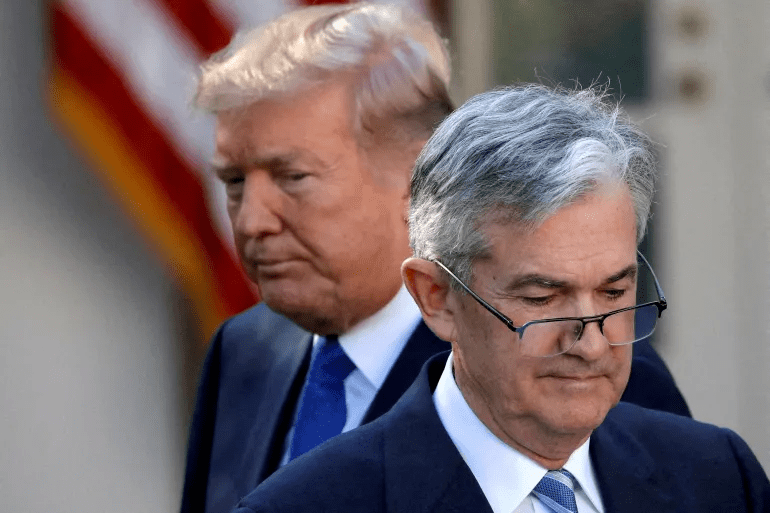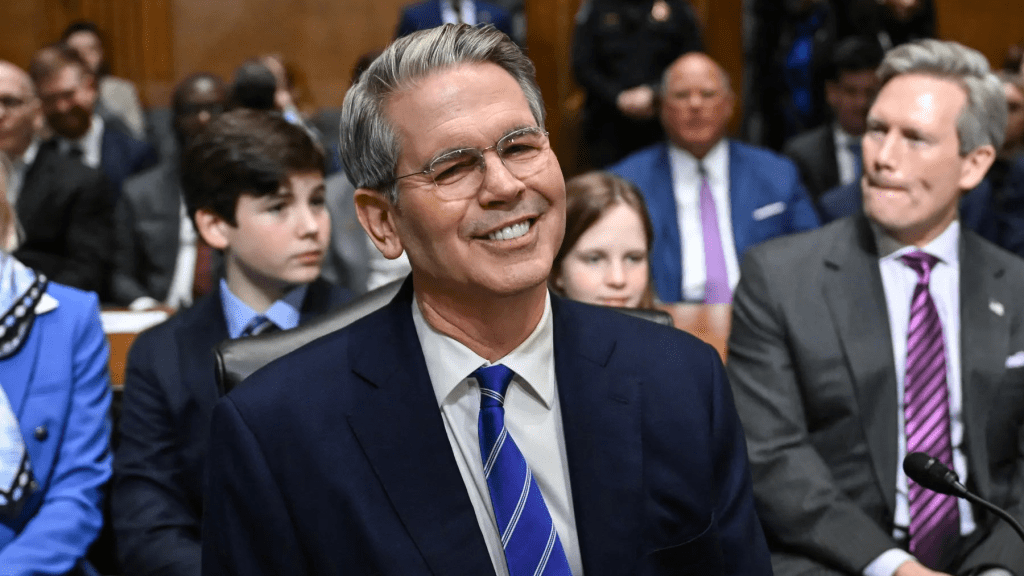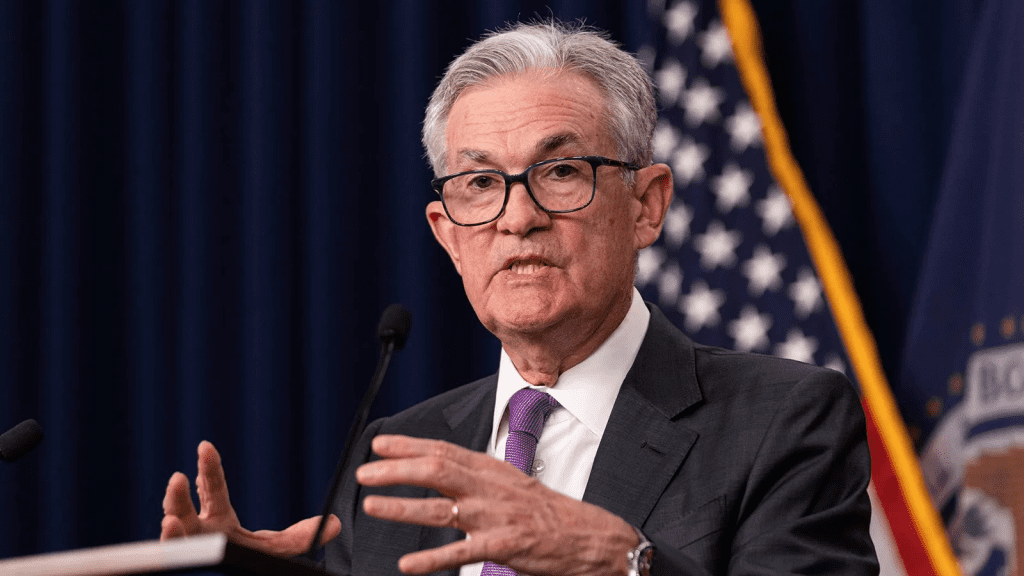Jerome Powell Reveals Trump’s Tariffs Had Minimal Effect on Prices as Importers Absorb Costs and Revenue Surges
Federal Reserve Chair Jerome Powell spoke on September 23, 2025, in Rhode Island, and his words struck directly at the center of the tariff debate. For years, economists warned that President Trump’s tariffs would drive up household costs, with estimates like Yale’s Budget Lab projecting as much as $2,300 per family. But Powell’s statement made clear that those alarms were overstated. He said that tariffs have had only a minimal impact on consumer inflation, and much of the cost has been absorbed by importers and exporters rather than American shoppers.

That admission aligns with the numbers. Tariff revenue has surged as global negotiations have reshaped trade flows. A key example is the U.S.–China deal, which reduced tariffs from a staggering 145% down to 30%. Instead of slowing trade, volumes rebounded, showing how targeted tariff policy can alter global dynamics without simply punishing American consumers.

The story of Trump’s tariffs has been controversial from the start. In August 2025, a U.S. appeals court declared parts of his trade policy illegal. The matter quickly escalated to the Supreme Court, where review is ongoing, while international pressure has forced adjustments. But Powell’s remarks suggest that despite legal and political battles, the economic outcome has not been as dire as many feared.
History offers context here. A 2019 National Bureau of Economic Research study suggested that tariffs, if used strategically, could shift costs abroad. Powell’s comments indicate that is what happened—companies overseas took on much of the burden, leaving U.S. consumers less affected.

This moment challenges the long-standing narrative that tariffs uniformly harm economies. Instead, the mix of stronger negotiations, global trade realignment, and steady domestic demand has reshaped the picture. Powell’s statement does not erase the complexities of tariff policy, but it does underline that alarmist predictions about spiraling inflation and household burdens were, at least in this case, proven wrong.



